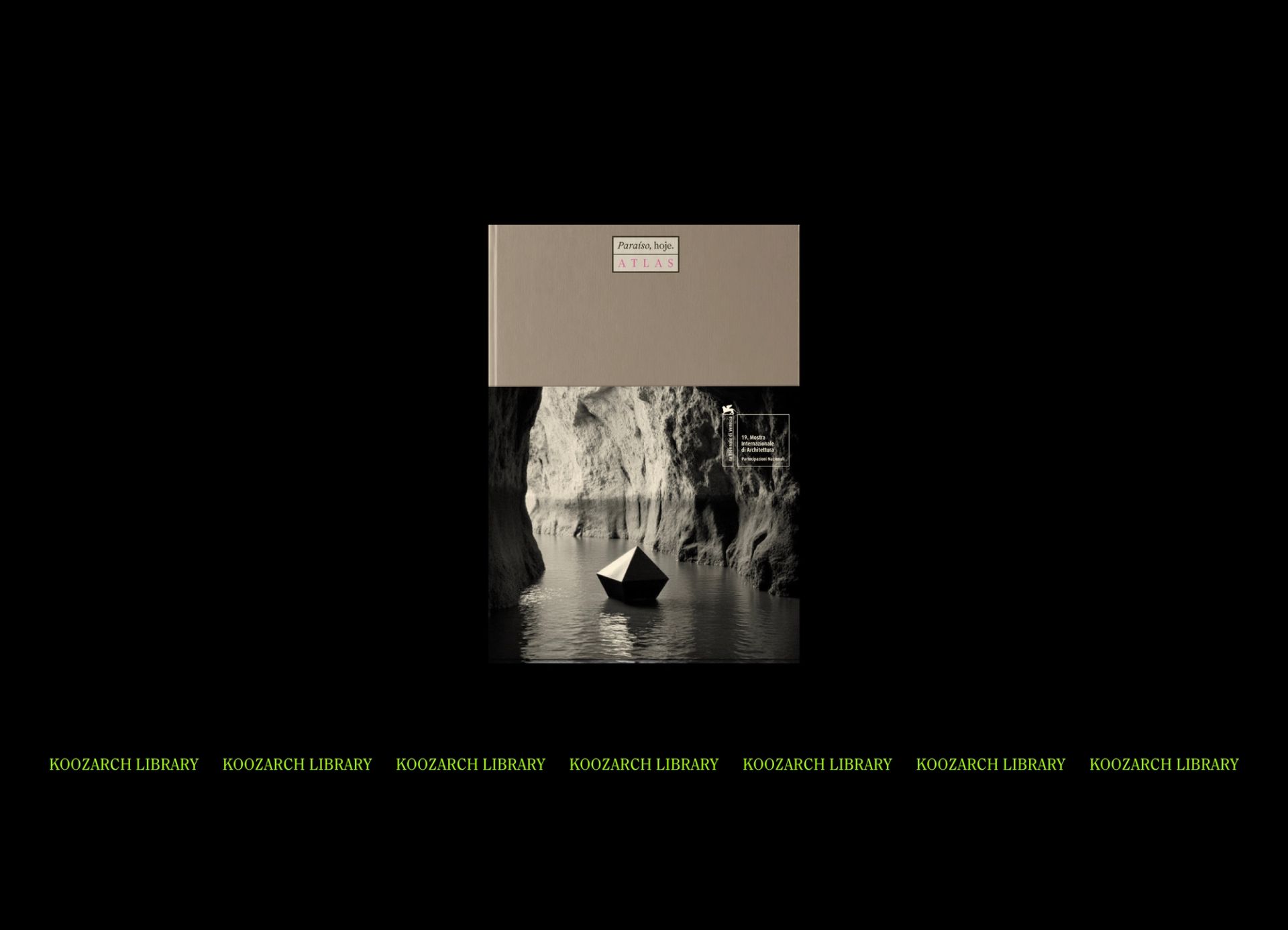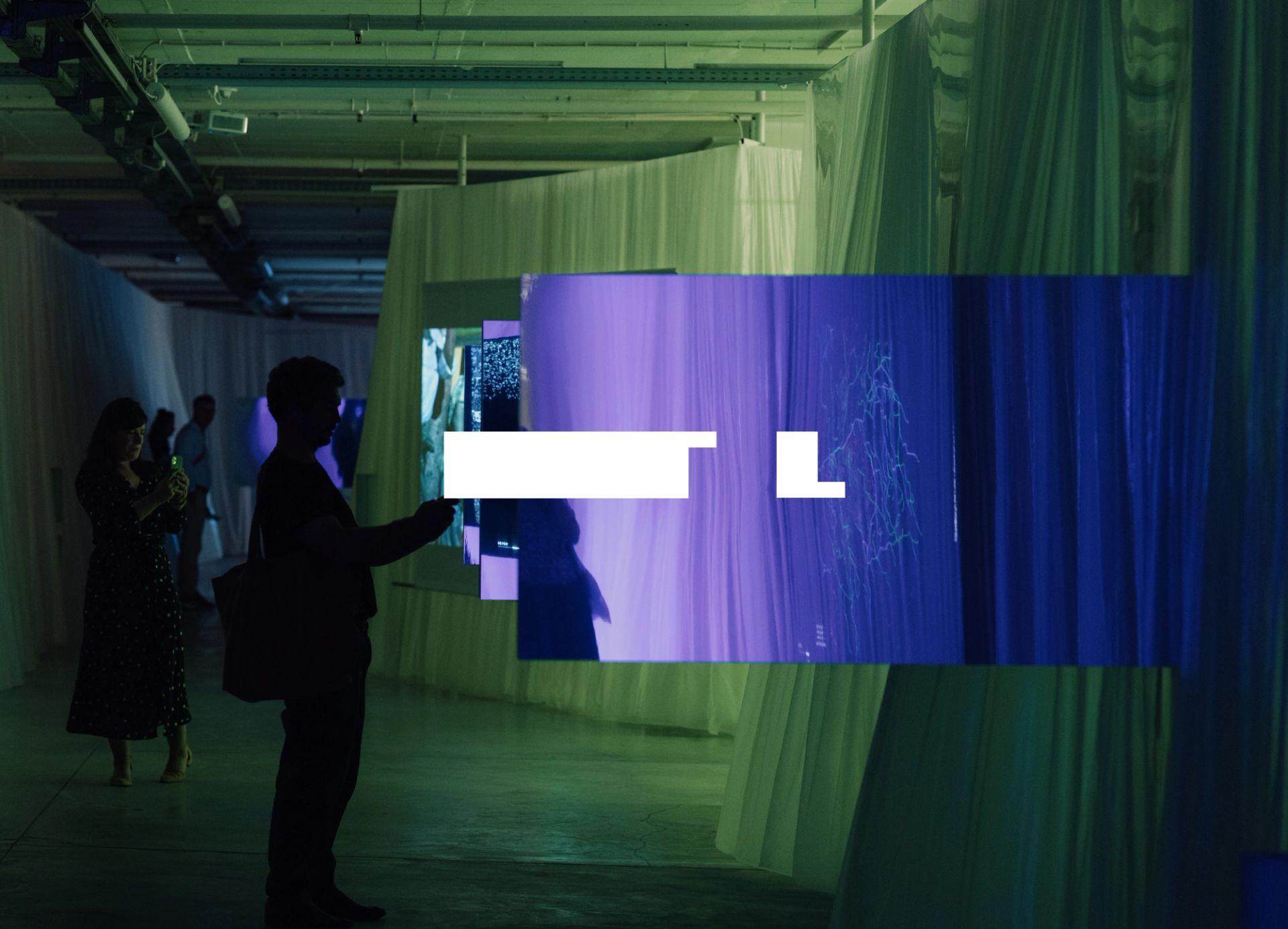Raising artistic endeavour to the agency of planetary change, Lauren Bon and the practice Metabolic Studio have produced a series of long-standing, beguiling and far reaching projects which explore and address ecology, restitution and speculative imagination. We touched base to learn more about the studio’s mission to shift consciousness and achieve large-scale transformation. The artist shared with us some of her most recent works, from the current Bending the River project to her participation at the 2023 edition of Desert X with The Smallest Sea with the Largest Heart.
KOOZ Lauren, I would like to start our conversation on and around the term Metabolic, which is the name of the studio you founded in 2005. Derived from the Greek word metabolē meaning 'to change', how does this notion represent your practice and approach?
LAUREN BON My practice at Metabolic Studio seeks to dismantle structures that suffocate living systems and to galvanise communities to make changes in response to our environmental crisis. My work involves a constant piercing and probing of civic infrastructure, catalysing novel ecosystems into being while activating and animating large-scale, durational projects that can implement ecological reparations.

Lauren Bon and David Baine, New Public Infrastructure (2022), collage, 85 x 76 inches. Courtesy of Metabolic Studio.
KOOZ Aligned with the studio’s mission statement — ‘Artists need to create on the same scale that society has the capacity to destroy’ — your interdisciplinary practice engages in projects which aim to repair. In what ways do you approach these acts of reparation, between the social and ecological?
LB My work, which synthesises art and science, explores critical social and environmental issues and interrogates self-sustaining and self-diversifying systems of exchange that can regenerate the life web between humans, non-humans, and living systems. This transpires through a constellation of large-scale art interventions and projects that are acts of restitution to the land, its original indigenous inhabitants, the river and future generations.
My work explores critical social and environmental issues and interrogates self-sustaining and self-diversifying systems of exchange that can regenerate the life web between humans, non-humans, and living systems.
KOOZ Within Metabolic Studio, Farmlab is described as a dynamic group of generalists that explore the powerful connection between art, ecology, and community. How was this group convened, and what is its relationship to the work of your studio?
LB Farmlab began in 2006, when my work Not A Cornfield was harvested. It extends my own and the studio’s commitment to biodiversity and the stewardship of habitats that support local ecosystems, in areas facing significant environmental challenges. The team studies soil microbiology and speculative ecologies; it promotes resource sharing and ecological independence. The Anabolic Monument, a seven-year community focused activation of an acre of land within the Los Angeles State Historic Park, really set the foundation. This was a programme to reimagine an urban environment and map out a blueprint for a future that is resilient, interconnected, and rooted in harmony with our surroundings and living systems.
Soil unearthed from under the concrete of the LA River as part of Bending The River sits in mounds at Metabolic Studio as part of Undevelopment, where a meadow of native plant species are appearing daily as these biomasses thrive simply with clean water and natural light.
KOOZ Following on from Not A Cornfield — in which you transformed a vacant industrial 32-acre site in downtown LA into a living sculpture of corn — the studio is currently working on the monumental project Bending The River. Could you tell us about how both of these projects address issues of land regeneration, water management, and public space?
LB Not a Cornfeld really lay the way for Bending The River, and in some ways they form a continuum. While Not a Cornfield was a remediation of the last remaining undeveloped land of the native Tongva and Gabrieleno people, and the site of the Zanja Madre — or "mother ditch" — that linked the Los Angeles River to the first Spanish settlement in Los Angeles, Bending The River is the first adaptive reuse of the river. It begins the long process of reconnecting the river to its former floodplain, bringing clean water and irrigation to the LA State Historic Park. Both place our action against a backdrop of environmental urgency, and both works engage and collaborate with agencies and communities in the city, reconnect lost land with water, and probe the edges of the permissible.
KOOZ At Desert X 2023, you presented The Smallest Sea with the Largest Heart, a speculative ecology which merges art and science. In it, a ‘device of wonder’ that creates energy and clean water, in a landscape associated with tremendous water shortage. What kind of new imaginary does the work seek to construct?
LB The Smallest Sea with the Largest Heart, which began as one of the installations in the 2023 edition of Desert X in the Coachella Valley, is now installed and continuing its natural process of accretion in the Salton Sea, in whose waters it was birthed for Desert X. The work seeks to construct a future world where life systems are self-sustaining, inventing possible solutions in the face of environmental scarcity. What appears as a vital but defunct organ from an afterlife continues to beat, breathing new life, energy and clean water into our environment powered by the sunlight.
KOOZ A number of your projects are documented through live camera feeds, which remain accessible via your website. What is the potential of revealing what we define as post-occupancy, in architecture — the life of a project after ‘completion’?
LB The live cams are a way for us all to monitor — as such, they are a means to take responsibility for our actions, they allow us to prepare and repair. Documentation is vital for an artist as a manifestation of our ideas. Live cams invite a wide community to participate, and they layer performative action into my practice.
I am hoping for social and political transformation spurred by “devices of wonder” –– works which can shift recognisable functional objects and ideas into the abstract and into a more personal and intimate experience, which can be transformational.

Lauren Bon and Metabolic Studio, Artists Need to Create on the Same Scale that Society Has the Capacity to Destroy. In a time of climate change, devastating wildfires, continuous drought and scarce resources, this is Metabolic Studio’s mission statement. Metabolic Studio explores self-sustaining and self-diversifying systems of exchange. Neon, fabricated without mercury. Courtesy of Lauren Bon and Metabolic Studio, LLC.
KOOZ Your projects are deeply rooted within specific landscapes, yet speak of and to larger planetary concerns and systems. Where do you see your agency in between the local and the planetary?
LB Our mission statement, Artists need to create on the same scale that society has the capacity to destroy, speaks to this agency between the local and the planetary. We are working to shift consciousness: this requires and often produces actions and reactions in multiple dimensions on a grand scale. I am hoping for social and political transformation and this can be spurred by what I conceive of as “devices of wonder” –– works which, whether through sculpture, performance, photography or sound, can shift recognisable functional objects and ideas into the abstract and into a more personal and intimate experience, which can be transformational.
Bio
Lauren Bon is an environmental artist from Los Angeles, CA. Her practice, Metabolic Studio, explores self-sustaining and self-diversifying systems of exchange that feed emergent properties that regenerate the life web. Her studio’s current work, Bending the River, aims to utilise Los Angeles’ first private water right to deliver 106-acre feet of water annually from the LA River to over 50 acres of land in the historic core of downtown LA. This model can be replicated to regenerate the 52-mile LA River, reconnect it to its floodplain and form a citizens’ utility.
Federica Zambeletti is the founder and managing director of KoozArch. She is an architect, researcher and digital curator whose interests lie at the intersection between art, architecture and regenerative practices. In 2015 Federica founded KoozArch with the ambition of creating a space where to research, explore and discuss architecture beyond the limits of its built form. Parallel to her work at KoozArch, Federica is Architect at the architecture studio UNA and researcher at the non-profit agency for change UNLESS where she is project manager of the research "Antarctic Resolution". Federica is an Architectural Association School of Architecture in London alumni.





